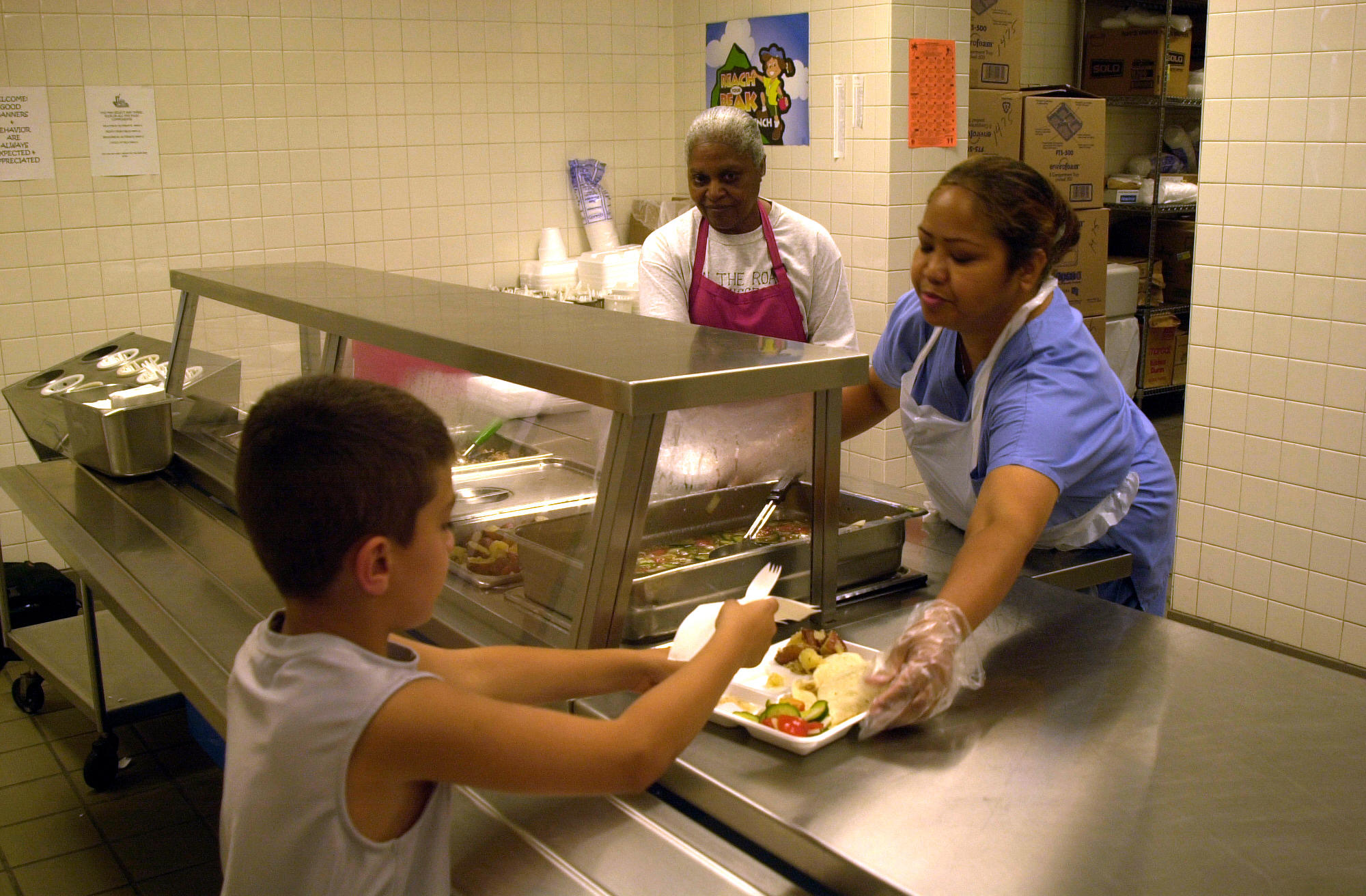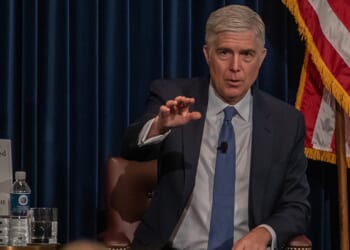
There’s a huge debate playing out on X and in Congress over school lunch. The basic framing goes like this: the good, caring Democrats want kids to eat and learn, so they argue there must be free, federally funded school lunch for all students. Meanwhile, under the biased narrative, the evil, stingy Republicans supposedly want kids to go hungry, to stay ignorant, and for the money that would have funded school lunches to somehow end up in Elon Musk’s pocket.
As is often the case, about 80% of the people arguing about school lunch don’t even understand what the real issue is, what the Democrats are actually proposing and why the Republicans oppose it. The current debate in Congress, rather than on Twitter, centers on whether school meals should be made universally free for all students or remain limited to low-income children, and, importantly, how “low-income” should be defined.
The current debate is just one more negative consequence of the destructive COVID lockdowns that robbed American children of two years of education and social development. During the pandemic, Congress made school lunches universally free, regardless of family income. That temporary policy expired in 2022, sparking a national debate. Supporters of making free meals permanent argue that universal access removes stigma, supports families struggling with economic hardship, and ensures that children are well-fed and ready to learn.
Opponents, mostly Republicans, argue that universal free school lunch is too expensive, subsidizes meals for those who can afford it, and shifts responsibility for feeding children from parents to the federal government. Additionally, supporters of these programs rarely address basic questions: How were children eating before the COVID-era lunch program? And if that system worked, why can’t we return to it?
Democrats support legislation like the Universal School Meals Program Act of 2023, introduced by Senator Bernie Sanders and Representative Ilhan Omar, and the No Hungry Kids in Schools Act. While these bills sound appealing—who wants hungry kids in school?—they assume a level of need that isn’t supported by data. Were 51 million children really going without lunch before the pandemic? The way Democrats frame the issue, you’d think the U.S. is Calcutta, with malnourished children collapsing on their way to school.
The reality is quite different. The United States has far more of a problem with obesity than hunger. Nearly 20% of American children between the ages of 2 and 19 are classified as obese. Obesity in the U.S. is inversely correlated with wealth. Poorer communities tend to have higher obesity rates. In fact, the U.S. is one of the few countries in the world where the poor are more likely to be overweight than underfed.
Supporters often cite USDA data claiming that 18% of children face “food insecurity.” But food insecurity is not the same as hunger. It measures uncertainty or irregularity in food access, not actual starvation or skipped meals. Furthermore, the data doesn’t distinguish how many of these children already receive government assistance. In 2023, 30% of U.S. children lived in households receiving aid, and nearly half of food-insecure households were already getting government benefits. So, even an income-based program would result in double-dipping.
Even worse, a blanket, nationwide free lunch program that doesn’t account for income wastes taxpayer money and food. Free school lunches tend to be low quality and awful. Most parents who could afford to would still prefer to pack lunch or pay for better-quality meals, meaning a large percentage of the free lunches would go uneaten.
Moreover, the families that do genuinely need help are largely concentrated in poor neighborhoods and school districts, not spread evenly across the country. These school districts are easy to identify and target with aid. But there’s no reason to offer free lunch to every school district, including in wealthy districts where few or no students are in need.
Republicans are being painted as villains for insisting on means-tested school lunch programs, which is how these programs have run for over a century. Democrats, by contrast, not only oppose income requirements but also object to recent Republican efforts to raise the eligibility threshold for the Community Eligibility Provision (CEP) from 25% to 60%. The threshold is based on the Identified Student Percentage (ISP), the share of students directly certified for free meals through programs like SNAP, TANF, or Medicaid, without needing household applications. Raising the threshold would reduce the number of schools automatically eligible to offer free meals to all students.
Democrats argue this change could strip over 12 million students of access to free meals. But that’s the point of the change—to ensure that only those in genuine need receive benefits. It raises the fair question: did all 12 million of those students actually need free lunch in the first place?
Of course, any policy short of blanket, universal coverage is treated as cruelty—and any disagreement with the Democratic agenda gets you labeled a monster. Congresswoman Julia Coleman (R–MN) responded to the accusations, tweeting: “Democrats say I want to ‘defund’ school lunches—that’s false. I fully support free meals for kids who need them. That’s why I authored a bill to limit the program to families making under 500% of the federal poverty level, around $160,000 for a family of four.”
Republicans, it seems, aren’t opposed to feeding children in need. They just don’t want to hand out free lunch to families who can easily afford it. That doesn’t sound unreasonable.
In the end, nothing is stoping local communities from funding free lunch programs at their own schools if they believe it’s important. State governments are also free to cover the cost of school meals—but not at the expense of federal taxpayers.
















